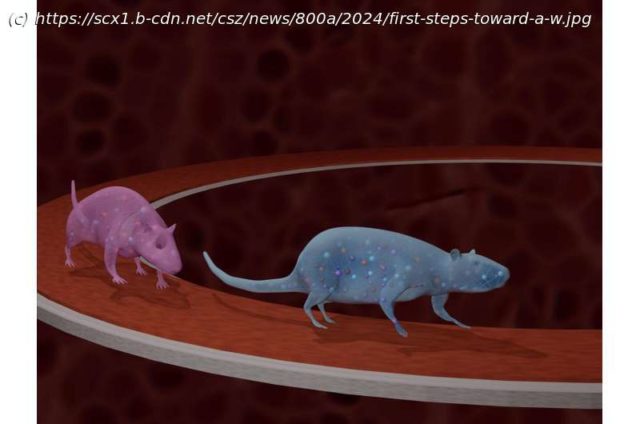Research definitively confirms that muscle-moving, calorie-burning activity slows the advance of disease, improves cognitive function, boosts the immune system, and reduces rates of mortality from all causes.
Research definitively confirms that muscle-moving, calorie-burning activity slows the advance of disease, improves cognitive function, boosts the immune system, and reduces rates of mortality from all causes.
Scientists are now going even deeper into the effects of exercise on humans and other mammals by investigating the impacts of exercise at the molecular level. They aim to uncover, at the smallest scales, the impacts of exercise and to better understand how the body works in states of health and disease.
Molecules are clusters of atoms. They represent the smallest unit of a chemical compound that can take part in a chemical reaction. Such chemical reactions in proteins, carbohydrates, lipids (fats), and nucleic acids—the «omics» (cellular components) that control the inner workings of every organ system.
Exercise appears to change these molecular workhorses in ways that are poorly understood. Identifying such changes, however, holds out the promise of clinical benefits for all humans, regardless of age, sex, body composition, or fitness level.
In late 2016, to find out more about exercise-induced changes at the molecular level, the National Institutes of Health Common Fund began supporting expanded research into mapping the smallest details of how exercise helps maintain healthy tissues and organ systems. That led to establishing a national group of collaborative experts called the Molecular Transducers of Physical Activity Consortium (MoTrPAC).
From the start, Pacific Northwest National Laboratory (PNNL)—under the direction of biochemists Josh Adkins and Wei-Jun Qian—has been among MoTrPAC’s nationwide centers of expertise in animal and human exercise, biomolecular analyses, and bioinformatics.
The consortium’s biomolecular analysis centers use an omics approach to analyze genes, proteins, or other biomolecules at a whole-body level. Ultimately, the goal of MoTrPAC is to create a molecular map of exercise responses in both human and animal models. From muscle to molecule, such a map would help reveal how exercise affects health.
«The ability to see broad molecular responses across organs in the body is particularly intriguing,» said Qian of molecular mapping. «Such knowledge could be a strong motivating factor for exercising.»
PNNL’s main role in MoTrPAC is to investigate exercise-induced changes in proteins and post-translational modifications (PTMs). Proteins are made of amino acid chains that fold into three-dimensional structures and that then regulate tissue and organ structure and function. PTMs are processing events that alter protein functions by chemically modifying specific amino acids within a given protein. Studying changes in all detectable proteins and their PTMs in a sample is called proteomics.
«We’ve been central to the study design of the consortium from the very beginning, with an emphasis on proteomics,» said Adkins.






